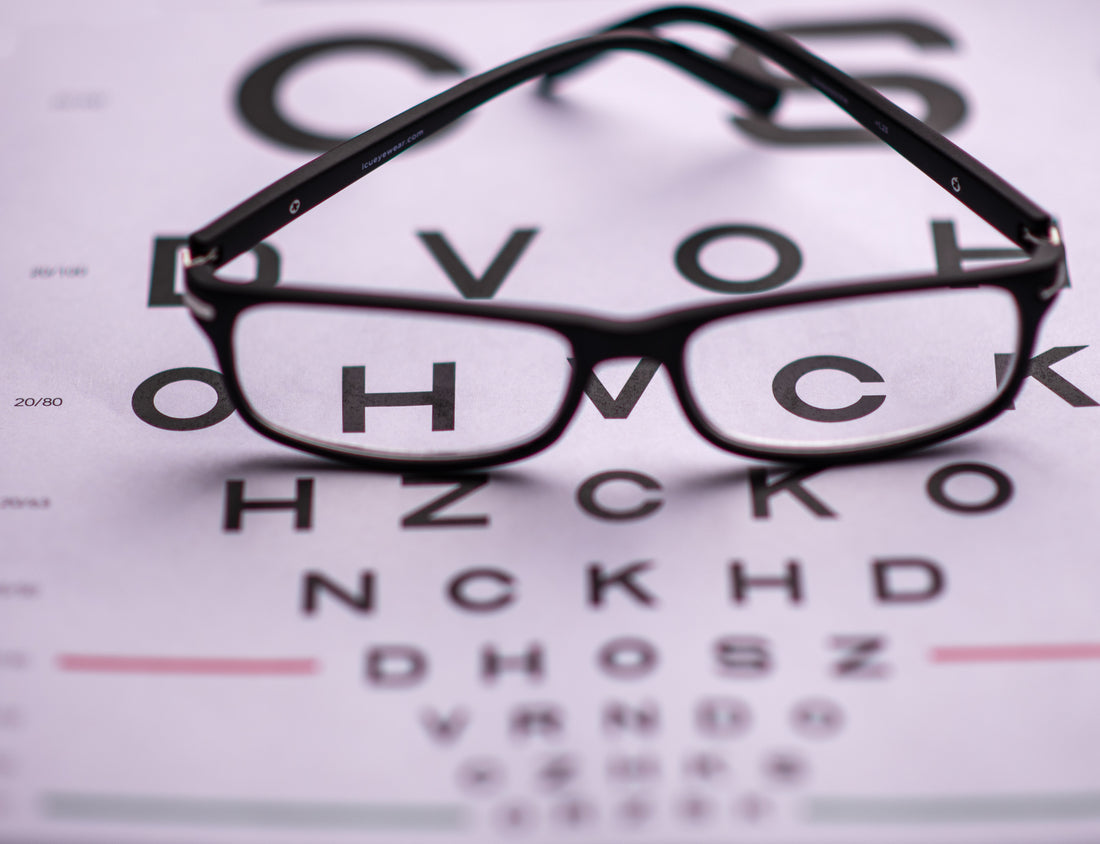Glaucoma is an illness that damages the optic nerve and is characterized by pressure on the eyes. It is usually hereditary, but can also come with age.
The more intense the pressure on the optic nerve is, the more damage the eyes will suffer. If one loses even part of one’s eyesight (such as seeing color, vision in one eye etc.) because of glaucoma, it may not be reversible. With immediate and ongoing treatment, it is possible to minimize the damage and to retain the ability to see.
Tell Me More:
Since symptoms are not apparent in the early phases of glaucoma, it is important to go to an optometrist every few years. Early detection will prevent irreparable damage that can happen before a person may even be aware that he or she has glaucoma. Regular eye checkups (every two years) are even more important for people above 40 years of age, those who have a family history of glaucoma, and for people with diabetes or other health problems.
Glaucoma occurs because of pressure in the eyes. The pressure occurs when fluid in the eyes does not have a proper way of draining. It can also occur due to an eye injury, an infection, surgery, or other health conditions. Glaucoma will usually affect both eyes, but with varying degrees of seriousness.
Glaucoma will usually happen in people over 40 years old but it can also affect younger people and even little children. Certain medications, such as steroids, can also cause glaucoma.
A doctor will examine the patient’s sight and vision and also look into the eyes through the pupils to diagnose glaucoma. The doctor will inspect the optic nerves. In glaucoma patients, these nerves are recognizably different than the optic nerves of healthy people. Pressure on eyes will also be measured, as well as the patient’s peripheral vision (seeing form the side). The examination will usually be brief.
It is important not to delay going to the doctor, as glaucoma damage can be irreversible. If glaucoma is detected in its early stages and treated properly, one’s eyesight may be saved!
Symptoms:
Most people will not experience symptoms of glaucoma. The first sign of this condition is the loss of peripheral vision, which can go unnoticed for a long time. Those who are at risk for glaucoma should see an eye doctor every two years.
When the pressure on the eye becomes very intense, one may experience strong pain in the eyes, headaches, unclear vision, and seeing a ring of light around actual lights.
Seek medical help if you experience any of the following symptoms:
• A glowing ring around light sources
• Loss of eyesight
• Redness in the eyes
• Eyes that appear cloudy
• Nausea or vomiting
• Pain in the eyes
• Loss of peripheral vision
Helpful And Healthful:
AccuVision was formulated specially for optic health. It is mainly comprised of Vitamin A and other vitamins and herbs that strengthen the eyes. AccuVision should be taken twice a day to experience full benefits.
It is also important to take Omega 3 Platinum +D, which has many health benefits and is also good for optical health.
Anything Else?
Glaucoma is treated with eye drops and surgery. The drops will reduce fluid in the eyes or make the fluid drain more easily. The drops can have side effects and should only be taken when prescribed by a doctor. Inform your healthcare professional about any other health conditions you have or medications you are on.
Eye surgery will open the pathways for fluid drainage. There are several ways to do this and an ophthalmologist (eye surgeon) will determine which method is necessary according to the individual case. When a child is born with this problem, it usually necessitates a surgery. As with many medical conditions, early detection and proper treatment will lessen the damage it can cause.
Fascinating Facts:
• Eyes are the second most complicated organ of the body.
• 80% of all memories are of things we have seen.
• The eye is connected to the brain with more than one million nerve fibers.
• The eyes have more than two million parts.
• The whites of the eyes are the only parts of the body that have no blood in them.
• The eye stays the same size from birth to death.


